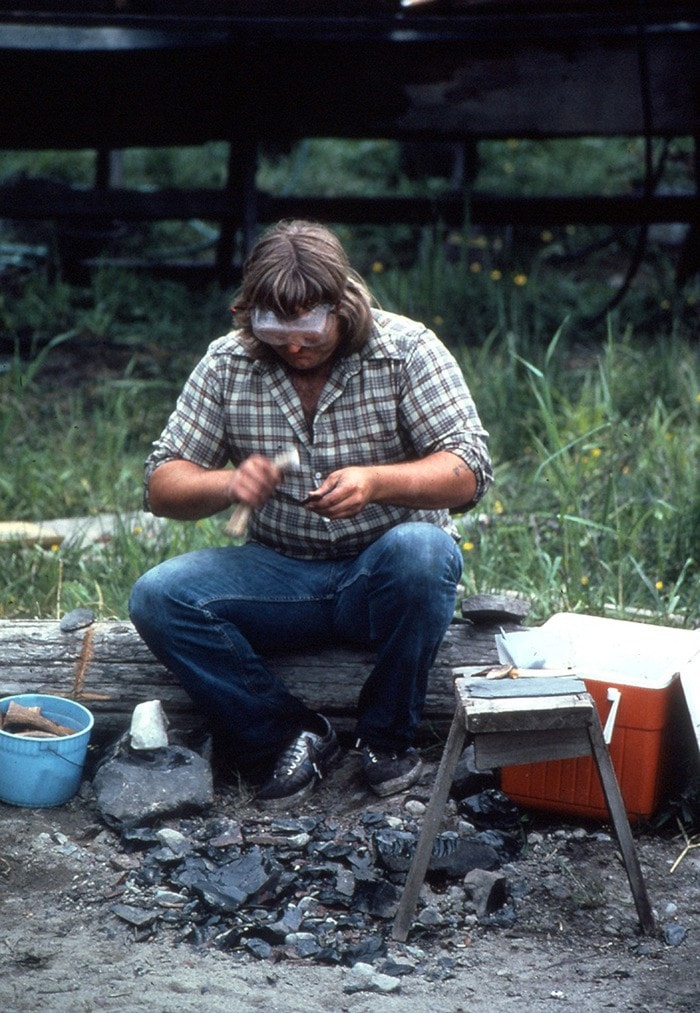The Maple Ridge Museum has recently installed new Katzie First Nation displays, which will be available to view through summer and into the fall.
They have been created for us by one of our research staff – Ashley Vandepol, who is also an archaeology student at SFU.
Whenever we do a display regarding a particular ethnic group, we try to use language that expresses what we mean and, at the same time, acknowledges the preferences of the group in question.
For hundreds of years, European and North American archaeologists have explored the prehistory of the First Nations of North America with a kind of clinical sterility.
Many times it could not be avoided as the original owners of the materials being found were unidentified and population movements – particularly in the post-smallpox era – obscured earlier residents.
So we came to use terms like “artefact” for tools and decorative objects, which unintentionally reduced the awareness of the producers as human beings.
Today, the term preferred to “artefact” is “belongings,” which brings the item – whether it is a sharpened stone cutting tool or a bead – back into the human realm of having a maker and an owner who are not necessarily the same person.
To understand what it was like to live within and with this landscape we now share, we need to relate to those very human people who lived, loved, ate and slept with their belongings that we find left behind.
An important aspect to remember about archaeological sites – the former residences and camp sites of those early people – is their fragility.
A stone tool discovered in context during a proper archaeological investigation has a story to tell because it can be related to everything found with it.
Once removed from context – if no detailed record is kept – it becomes a sharp rock and little else.
Some would argue that having a cell phone in every pocket is both a blessing and a curse. However it is seen, it is a fact.
People who are fascinated by the ancient belongings of First Nations peoples now have the capacity to photograph anything they find and keep only the photograph, leaving the original item in place.
It is a matter of respect for the creators and of not destroying the scientific potential of the location information.
After all, once the novelty wears off, that out-of-context tool really is just a sharp rock and could be re-buried at the end of your ownership in a completely unrelated place.
In general, the locations of archaeological sites are not made public to prevent members of the public from going there to dig.
We need to remember that these belongings are not owned by the public, but by the First Nation whose territory it is.
Even museum collections are not “owned” by the museum, but are a shared stewardship by agreement with the First Nation on whose land the items were found.
So come and visit the display and learn about stone tool technology and all the techniques involved in making and using such tools.
You’ll be surprised by the complexity and will not think of stone tools as “primitive” again.
– By Val Patenaude, director of the Maple Ridge Museum.
